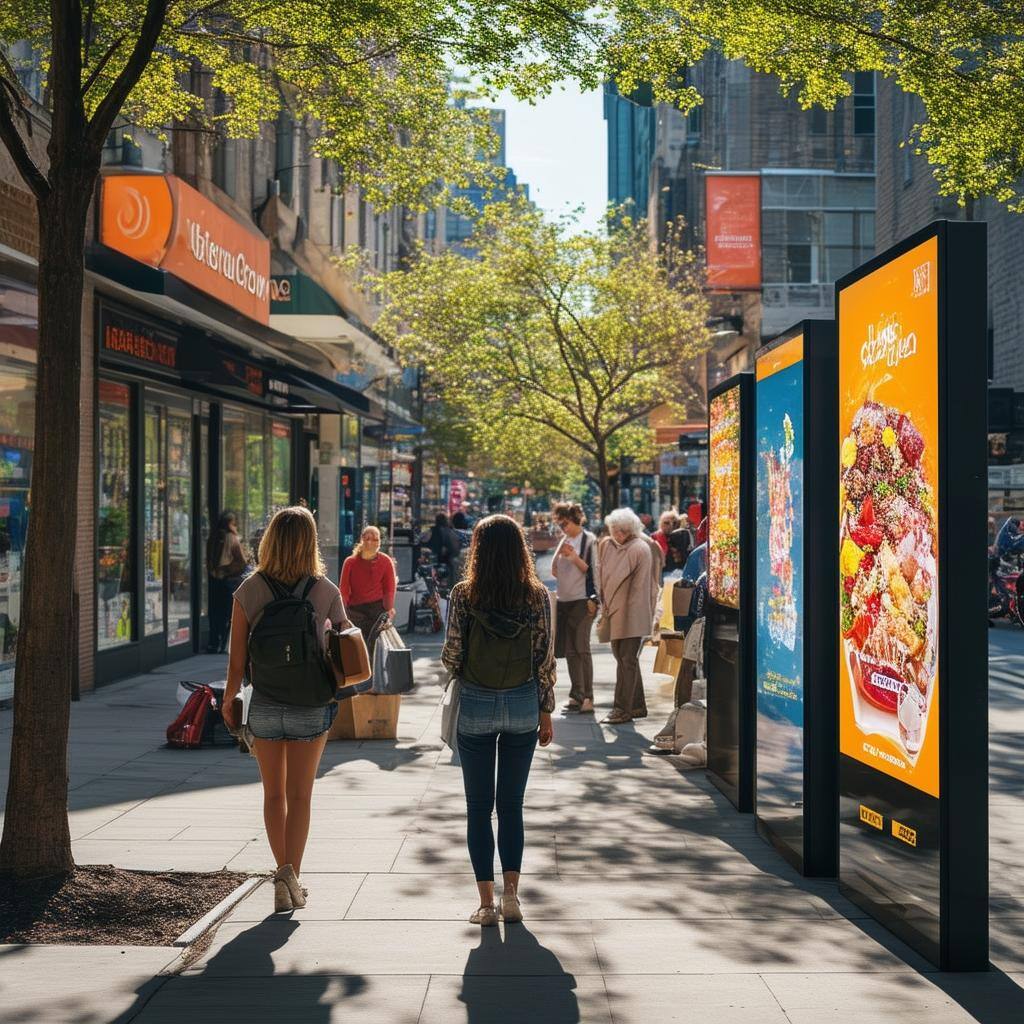

How Sensor Technology is Reshaping DOOH Audiences and the Future of Targeted Advertising
Understanding the Core Principle: The Audience
In media, everything revolves around the audience. Yet, in outdoor and out-of-home (OOH) advertising, audience targeting has long been treated as a random element. On both the supply and demand sides, demographic composition was often ignored in favor of broad exposure metrics.
With the rise of digital out-of-home (DOOH), advertisers began working with static datasets, making assumptions about audience composition and using these assumptions to create "multipliers" for programmatic DOOH (pDOOH). But how accurate were these assumptions?
Breaking Old Assumptions with Live Data
The last five years of operating with real-time data—over three billion audience tracking points and numerous targeted experiments—have brought new clarity to the concept of audience behavior in DOOH.
-
Outdoor audiences are largely random: As measured from shop windows, passersby represent the general public with no clear selection criteria.
-
In-store audiences are more defined: Unlike outdoor settings, in-store environments attract a specific demographic that fluctuates based on time of day and day of the week. More importantly, these audiences engage differently with content on-screen.
For instance, in pharmacy settings, A/B testing revealed a clear difference in ad engagement. Look duration and spot preference inside the pharmacy were significantly more robust than on the outdoor screen, where no clear engagement pattern emerged. This confirms a long-held assumption: store entrances act as a natural filter, pre-selecting audiences with shared preferences.
The Evolution of Audience Targeting: Dynamic and Data-Driven
Another key observation, though seemingly obvious, is crucial: audience demographics shift by the hour and the day.
Traditional models assume a static distribution of age and gender, adjusting only for peak and off-peak times. However, live data reveals otherwise:
-
Older demographics prefer daytime shopping.
-
Younger audiences dominate evenings and weekends.
-
Certain store locations attract specific segments at predictable times.
This insight fundamentally changes how DOOH campaigns should be planned. By strategically timing campaigns, advertisers can reach more relevant audiences with higher efficiency.
The Future: Dynamically Composed Audiences
AI and visual computing advancements have made real-time audience targeting more precise and cost-effective. When paired with a powerful Content Management System (CMS), advertisers can now trigger ads only when specific demographic signals are detected.
While waste coverage isn’t eliminated entirely—since no audience exists in isolation before a screen—this technology significantly enhances targeting efficiency.
What This Means for the Industry:
-
For Publishers:
-
Less need for discounts, as advertisers can directly target the audience they want.
-
Potential for premium pricing based on highly specific targeting.
-
Optimized screen time, maintaining availability for multiple advertisers.
-
-
For Advertisers:
-
Reduced waste coverage compared to traditional weekly slots.
-
Improved cost efficiency by reaching the right people at the right time.
-
Greater flexibility in campaign planning, maximizing impact.
-
Conclusion: A Win-Win for the Future of DOOH
Sensor-driven, dynamically composed audiences are the next frontier in DOOH advertising. This technology offers a win-win scenario: publishers increase yield while advertisers improve efficiency. The ability to precisely target and engage the right audience—without relying on outdated assumptions—will define the future of DOOH.
As the industry evolves, one thing is clear: smart, data-driven audience targeting isn’t just an upgrade—it’s the new standard.
